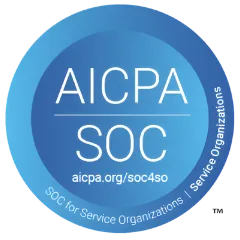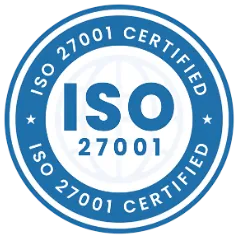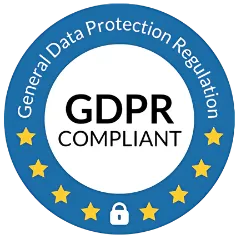Employees of an organization may frequently use assets and equipment to operate their tasks. These valuable things benefit the organization to bring capital and resource to the business. Sometimes, they might face downtime due to equipment breakdown or technical failure.
Here, someone might question:
Do we have enough equipment to run the business? Are these assets still in working condition? Are those machines maintained well? Aren't they yielding their full capacity?
The answer to these inquiries can be resolved by conducting physical verification of the assets.
Need for Asset Verification Software

Fixed assets of a company are required to be physically verified by examining or reviewing their condition. Examples of fixed assets can be building, machines, cash, or insurance policy.
The auditor would carry out the inspection on these valuable properties as per the record maintained in the company's register. By examining their status, these physical assets would be confirmed their existence.
When the verification is done, the status of specific assets can be found out. For example, a hot air oven has been lying unused in the back kitchen of a restaurant for months. Nobody knows its condition whether it is still usable or not.
From the outcome of its verification, the owner found out that the oven was purchased several years ago and it does not present its value anymore. With this method, they can eliminate all the valueless assets from the daily chore.
Also Read: Importance of Assets Auditing for Equipment & Tool Rental Companies
In order to verify assets quickly, you need to use asset track software. This software keeps track of assets and is helpful in verifying assets physically. According to market Verified Market Research, “Asset Tracking Software Market size is growing at a faster pace with substantial growth rates over the last few years and is estimated that the market will grow significantly in the forecasted period i.e., 2021 to 2028.”
Asset verification software is helpful to organizations to verify assets quickly. It is extremely helpful in the asset audit process. It enables you to align all assets for audit purposes.
Make Verification Simple with Asset Tracking Software
In a paper-based spreadsheet, the process of verification consumes time and labor. In addition to this, you cannot conduct asset verification every now and then. You have to go through the information recorded in the asset register and flip every page of the book to read when was the machine was purchased, to whom it was allotted, and at which location.
It might also involve several technicians and experts to help find out the status of the assets. This is why companies that use spreadsheet registers conduct asset verification on a yearly basis. They cannot instantly produce the assets' status.
Asset Infinity provides you an incredible portal where you can maintain all the information about the assets used in your business. With this asset tracking software, you can easily record the detail when the assets are being allotted to specific persons.
On this dynamic application, you create multiple barcode sticker templates and tags with multiple assets. You can retrieve all the assets using the code scanner.
During the asset verification process, you can instantly click on the asset code and the location and condition of the assets can be viewed on your device.
With Asset Infinity, you don't have to prepare for months before the audit. By using asset tracking software, you can verify the specific assets whenever and as it is.
Asset Management Software for Effective Preventive Maintenance
The value of an asset is determined by its utility, condition, and purchased time. A machine in the workstation may require preventive maintenance on a regular basis so that the business can acquire maximum service out of it.
By preventive maintenance software, we mean repairing and replacing its defective components to prevent the whole machine from breakdown. To conduct this maintenance activity, you will need to schedule a program.
With asset management software, you can create multiple schedule maintenance activities for single or multiple assets. On a computerized maintenance management system (CMMS), you can create activity types such as daily check-ups, weekly lubrications, or insurance renewal as per your business standard.
Asset Infinity also allows you to classify all the activities based on the maintenance cost. This may include the amount to be paid to the vendor that provides services, the amount to be received when the customer pays you for maintenance activity, or no amount is associated.
With equipment tracking software, you can schedule all the activities by linking an asset or without linking any asset as well.
Equipment Tracking Software Secures Your Valuable Belongings
Asset Infinity has a marvelous platform where you can create depreciation reports using Straight Line and WDV methods. With this freeware inventory software, you can specify your financial start month. Asset depreciation can be easily calculated for current and plus-minus 5 years.
You can filter out depreciation for different categories of assets. Without any hassle, the tool tracking software will give you the depreciation calculations for a year or a month. It will show errors in the “Remarks” column if any value is missing for the calculation of depreciation.
Recommend To Read: What Is the Importance of Timely Verification of Your Physical Assets?
Frequently Asked Questions (FAQs):
1. Why Is Asset Physical Verification Important?
Asset physical verification is important because lots of organizations estimate the wrong value of assets unknowingly, but some assets are present as they are lost or misplaced. Asset physical verification is done for this purpose. Moreover, in the asset physical verification process documents are also checked of each asset to know that organization is presenting the actual and true value of assets. Asset verification is a significant activity of audit & asset management.
2. What Are the Distinct Types of Asset Tracking Techniques Available?
Distinct types of asset tracking techniques available are Barcoding, QR Code (Quick Response Code), RFID (Radio-frequency identification), NFC (Near field communication), GPS (Global Positioning System), BLE (Bluetooth low energy), IoT (Internet of Things), etc. These techniques are used for asset tracking and each one of them has its own advantages and disadvantages as some are cost-effective and some are expensive and so on.
3. How Do Asset Tags Work?
Asset tag contains a unique identification number through which asset tracking is done. Now, this asset tag number is attached to the asset, and information is stored in the database. Whenever the asset tag is scanned the software fetches the asset tag number and an accurate asset location is provided. You can get accurate information about each asset.

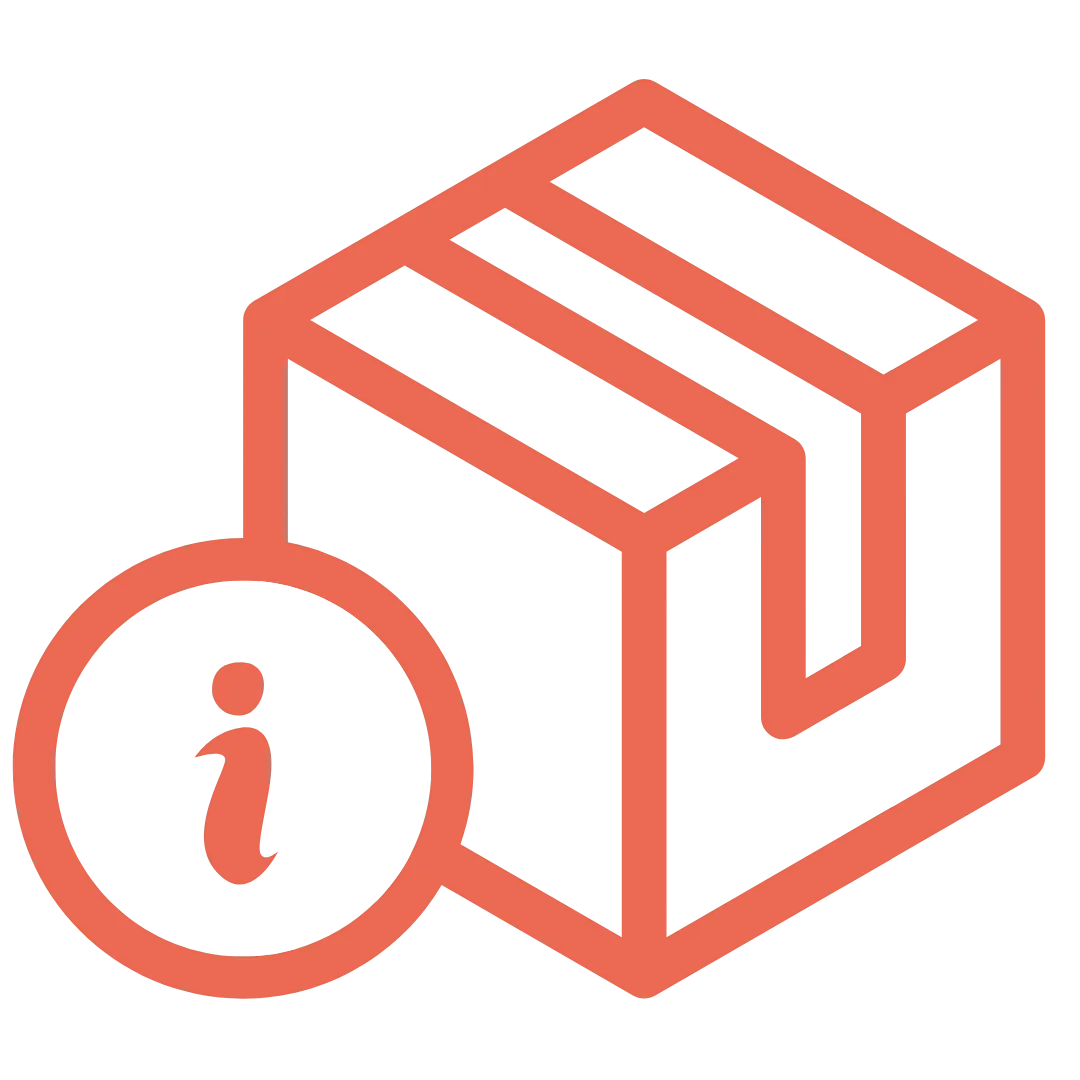
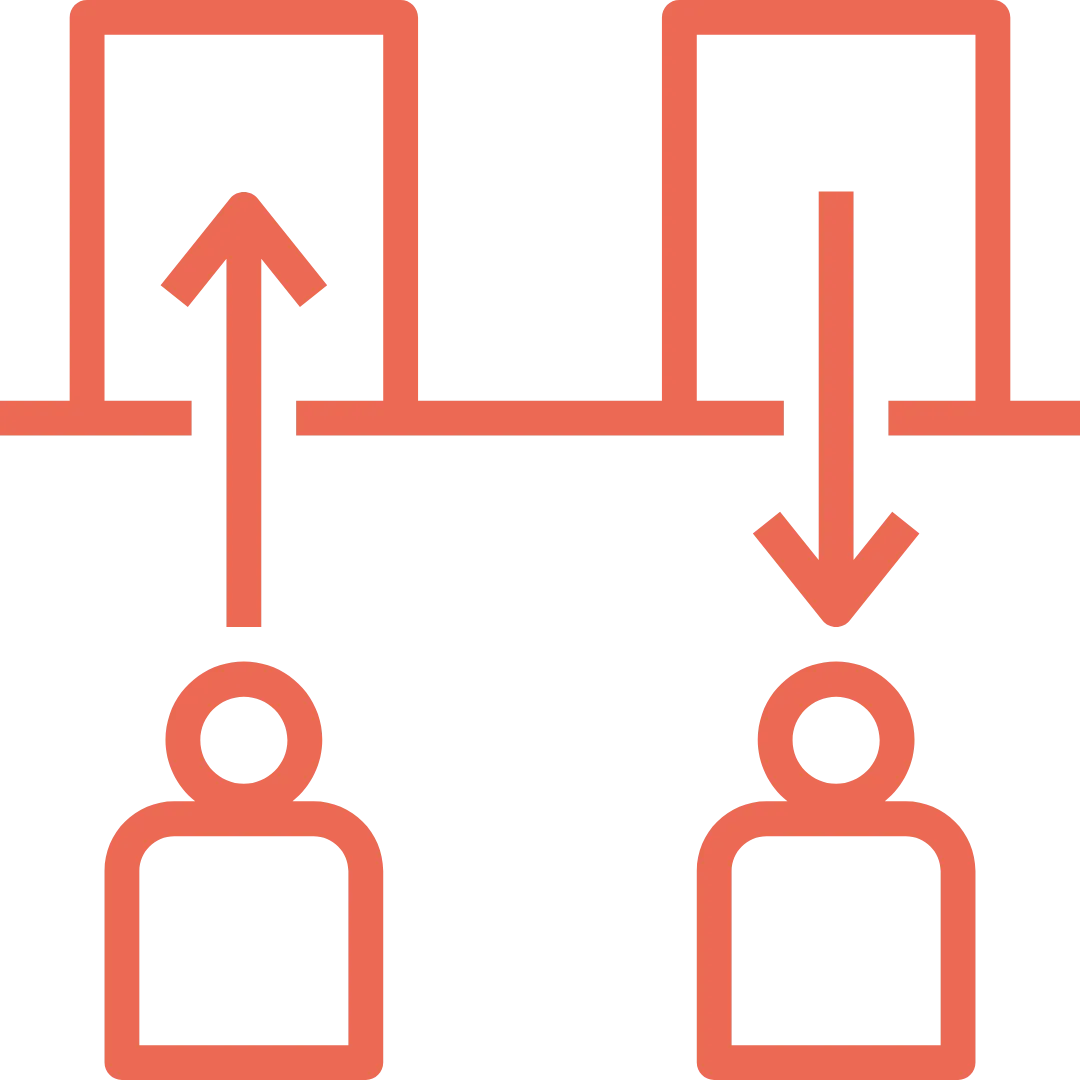
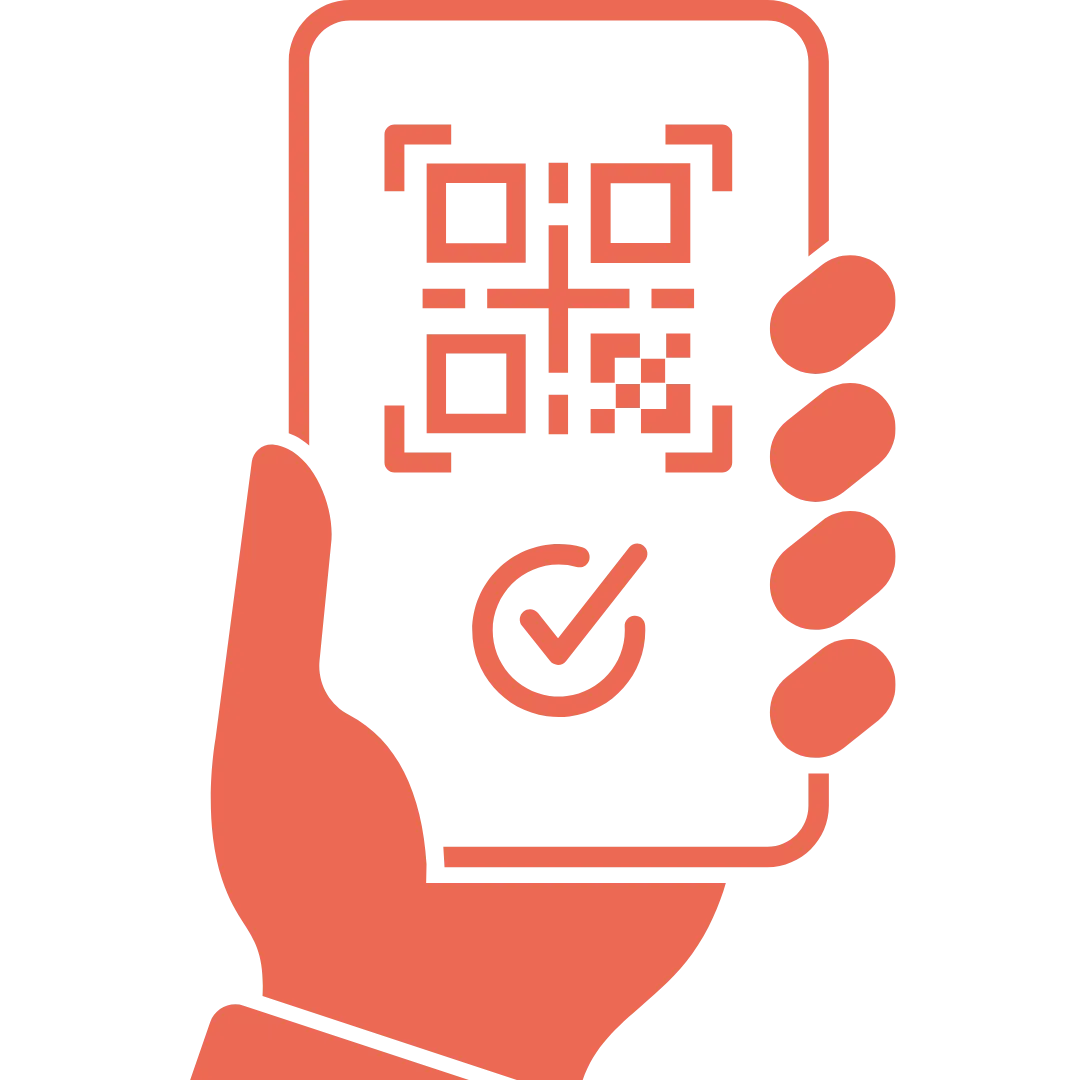







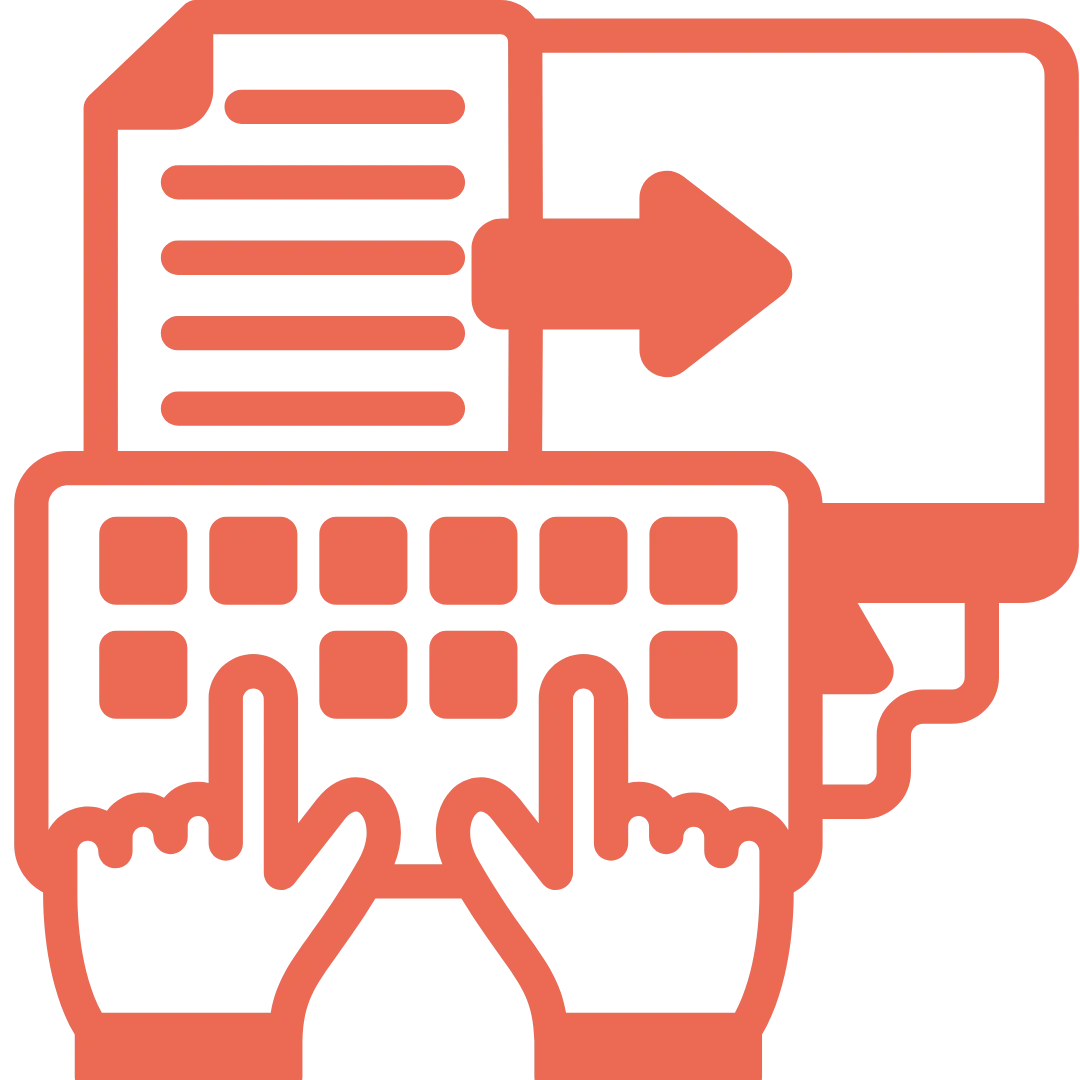
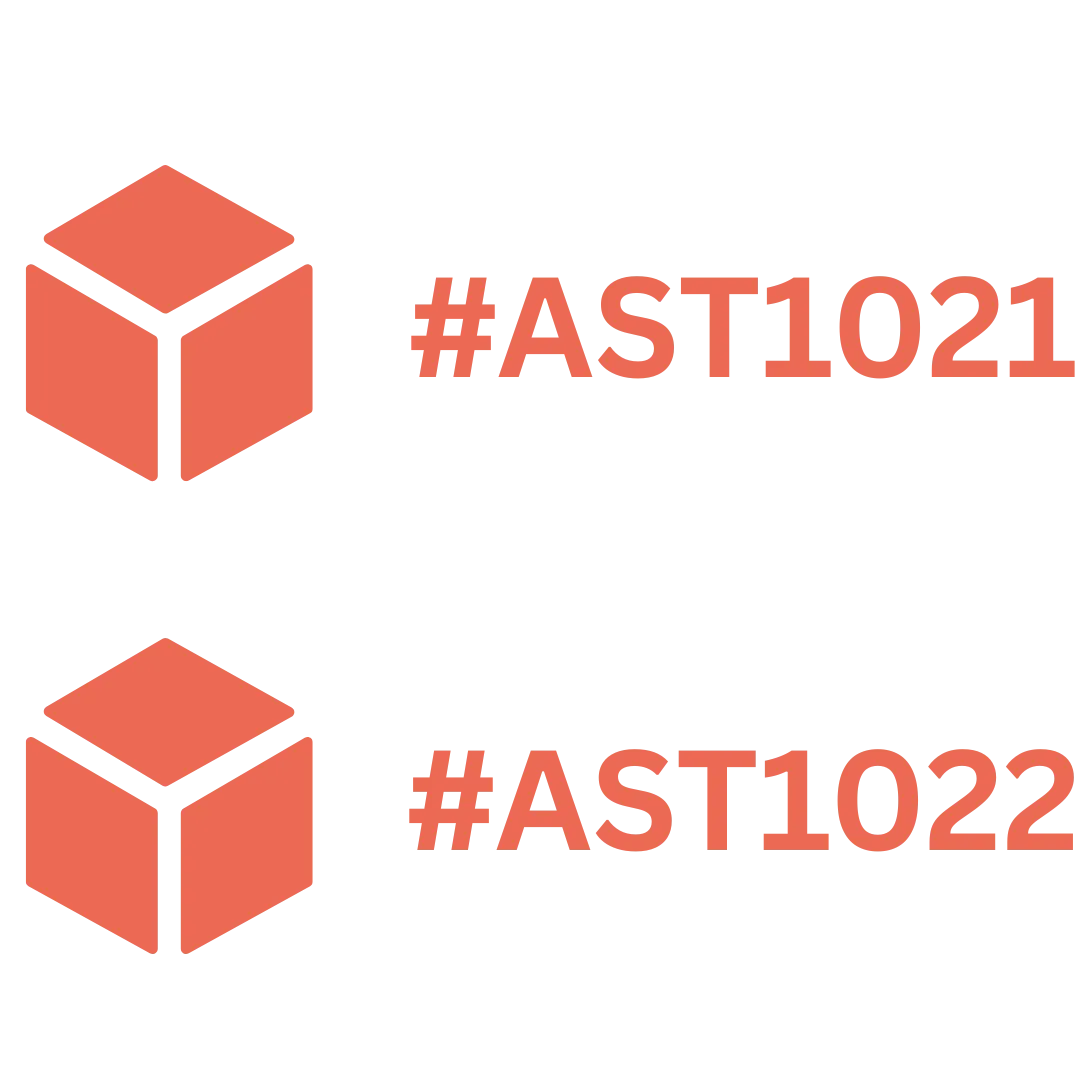


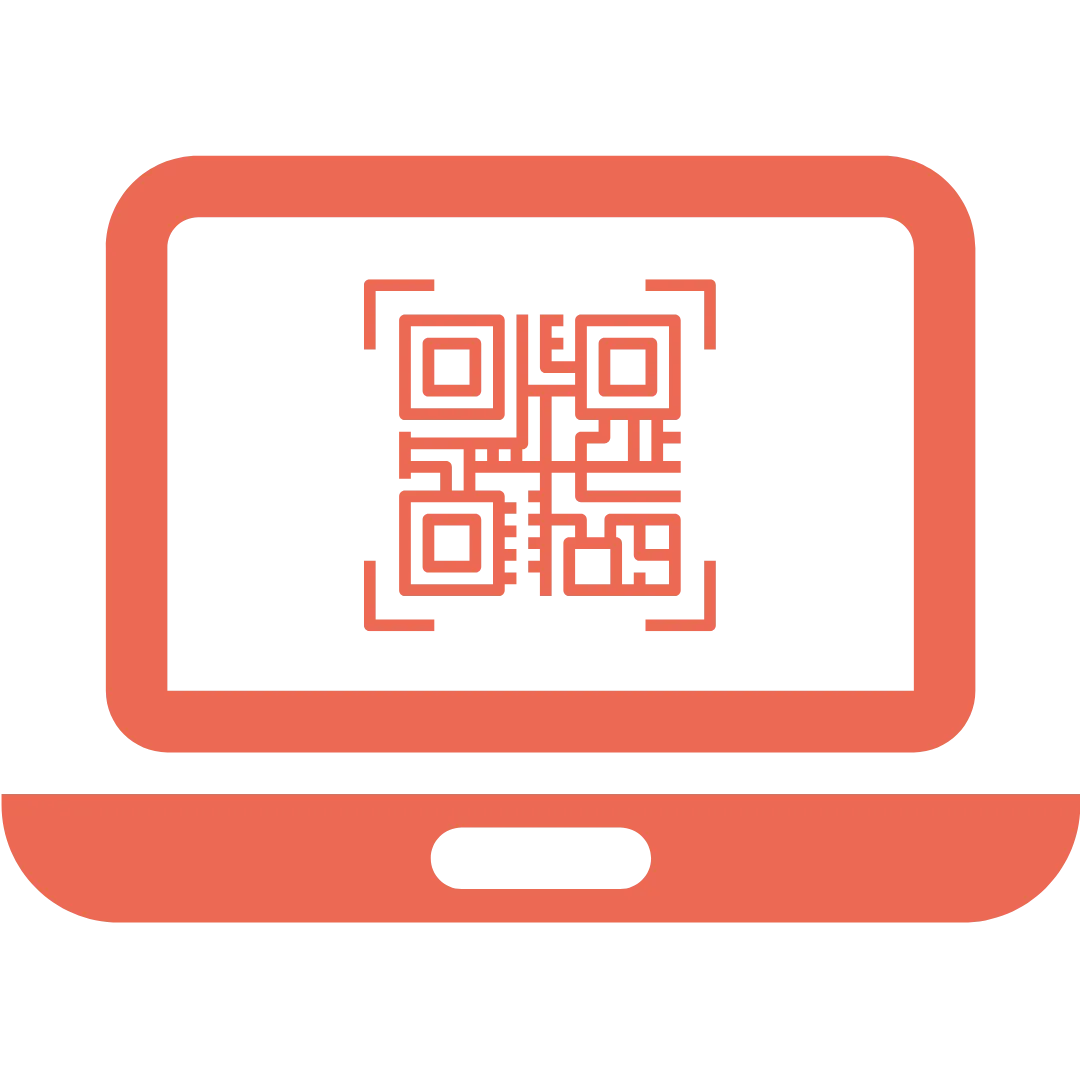
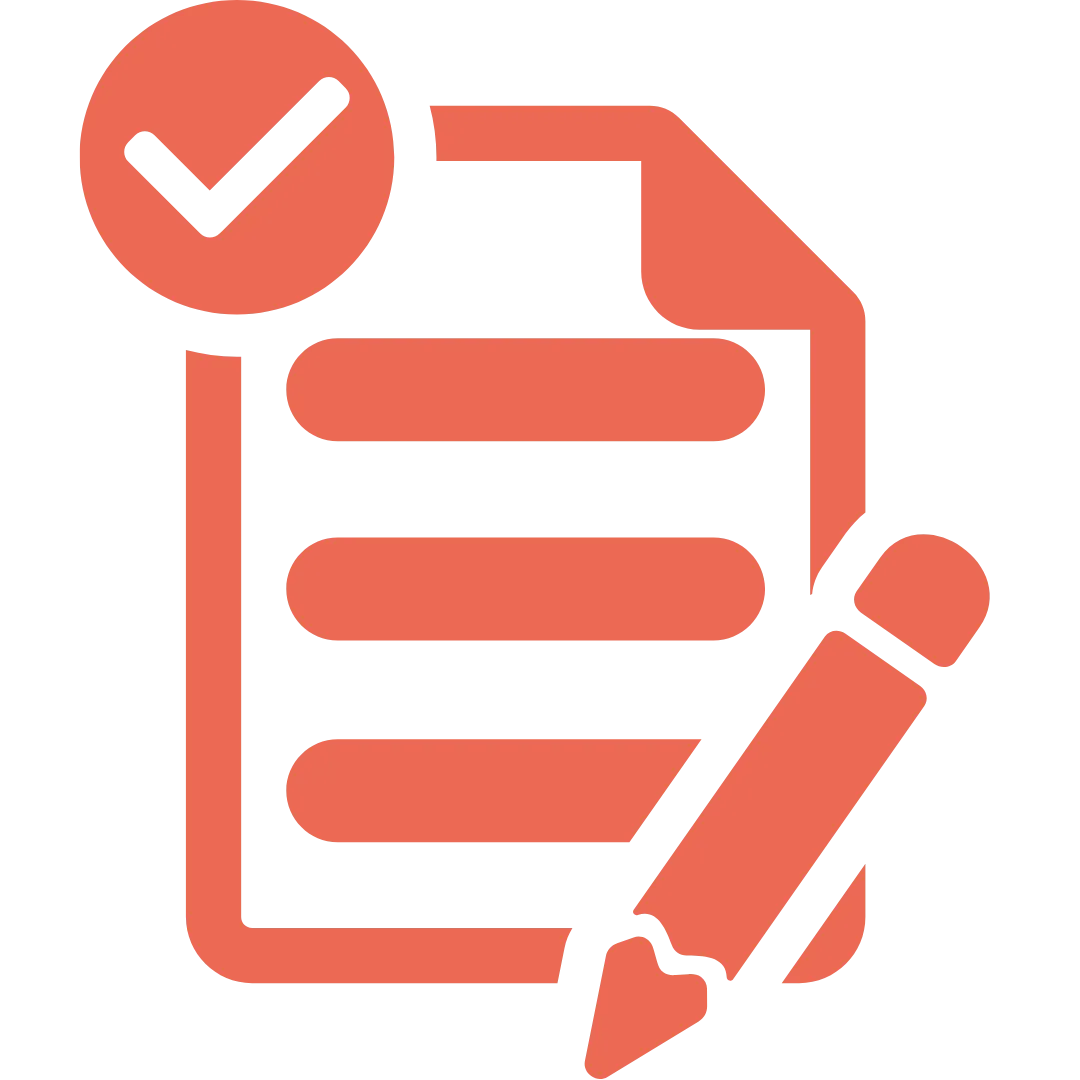

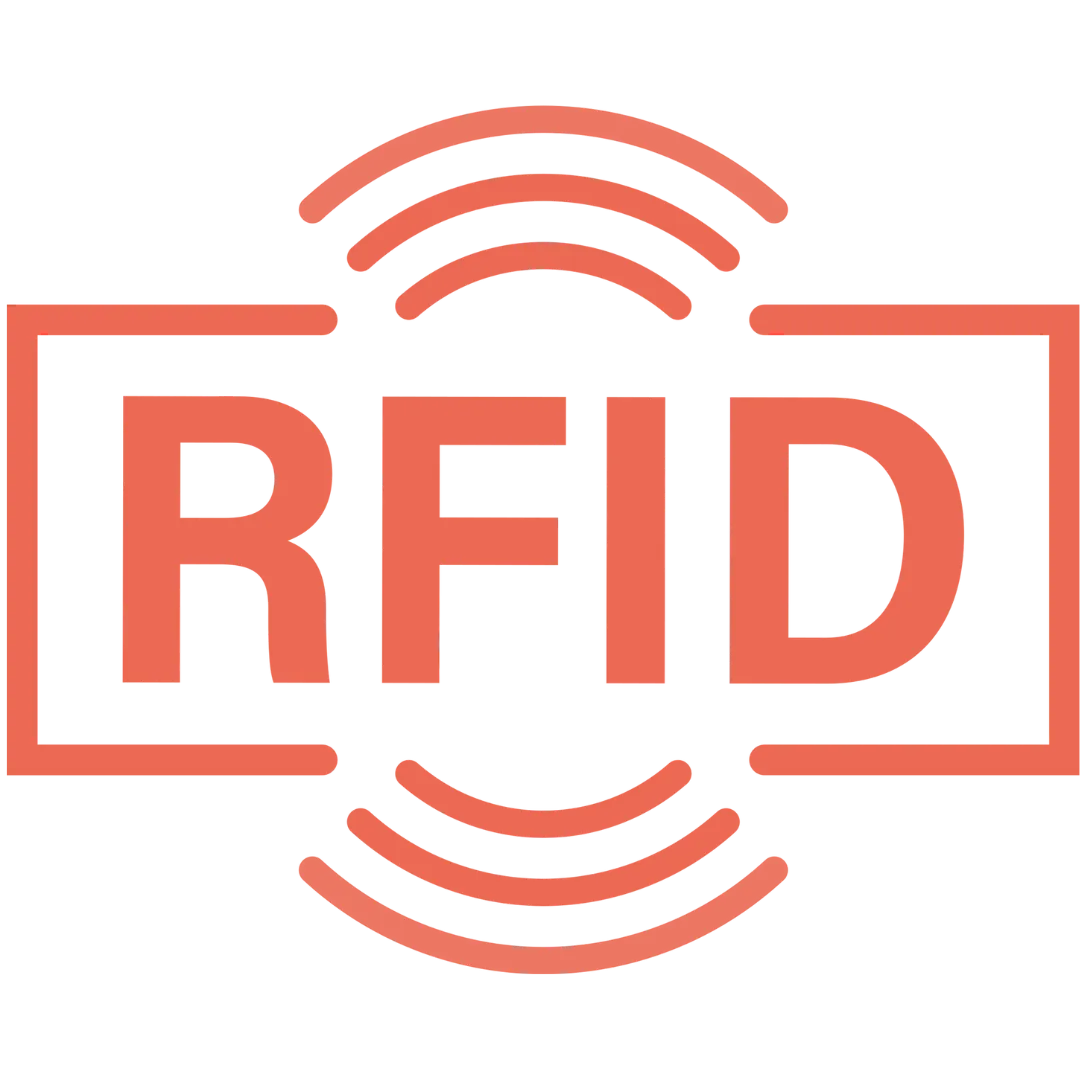

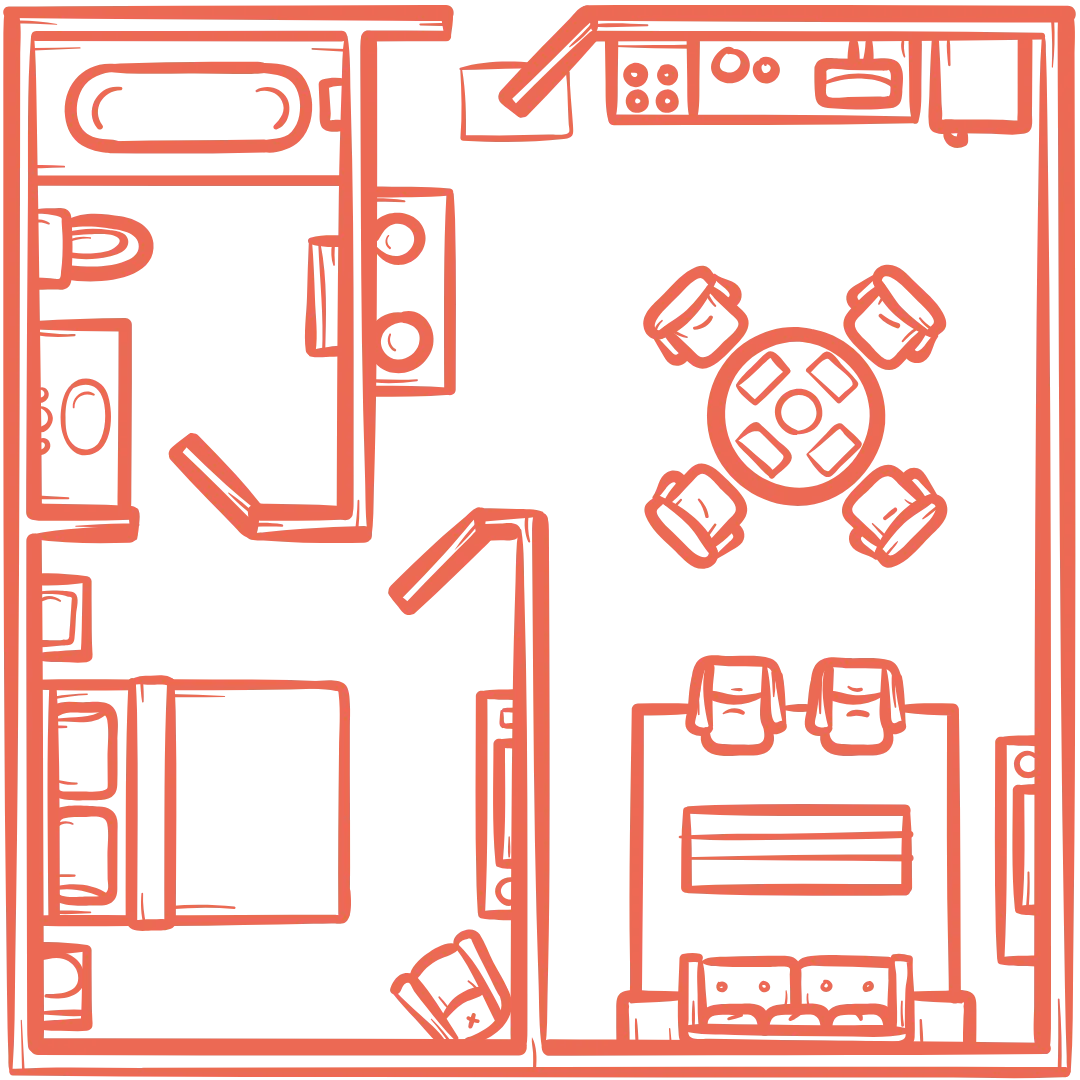




























.webp)
.webp)
.webp)
.webp)
.webp)
.webp)
.webp)
.webp)
.webp)

.svg)




.webp)
.webp)






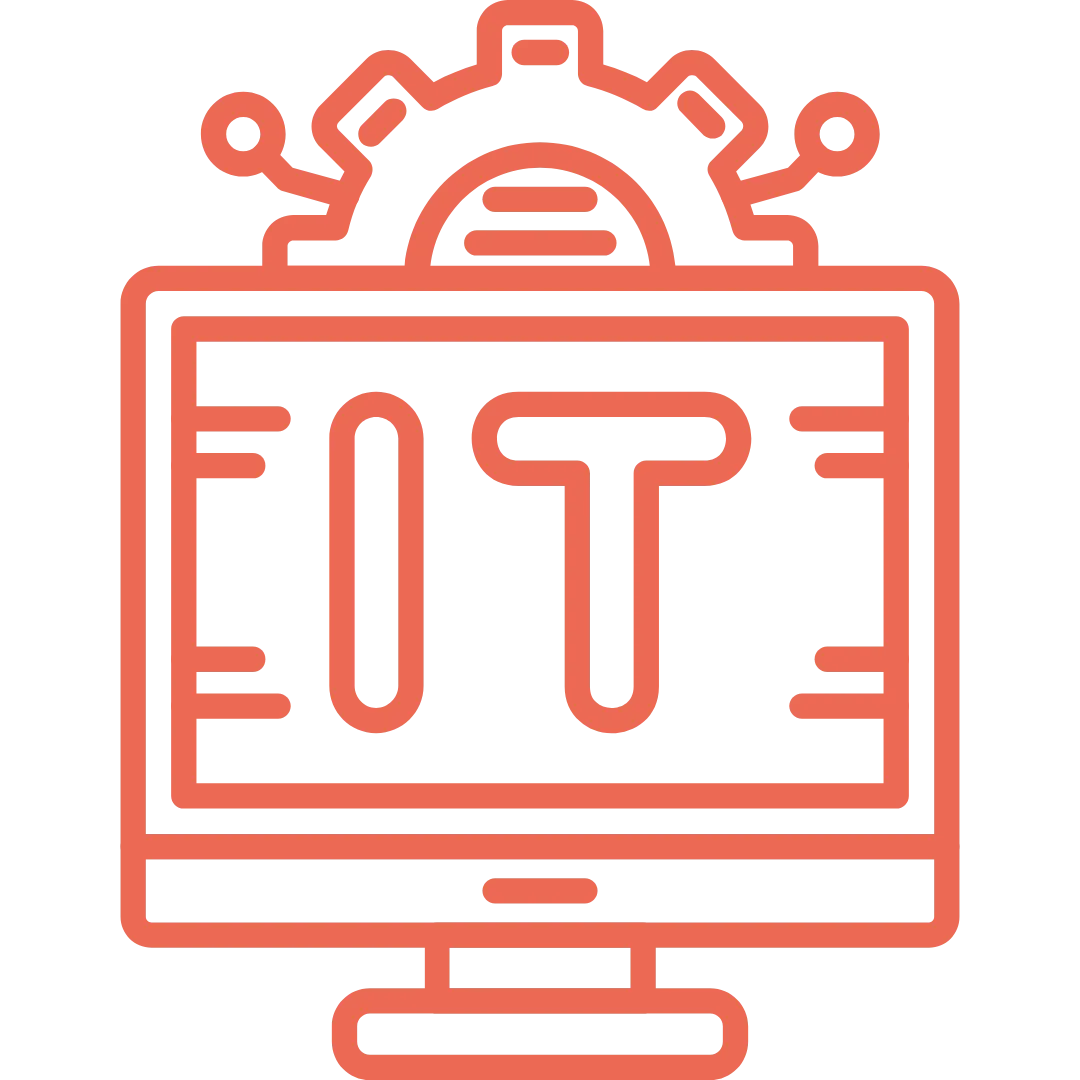







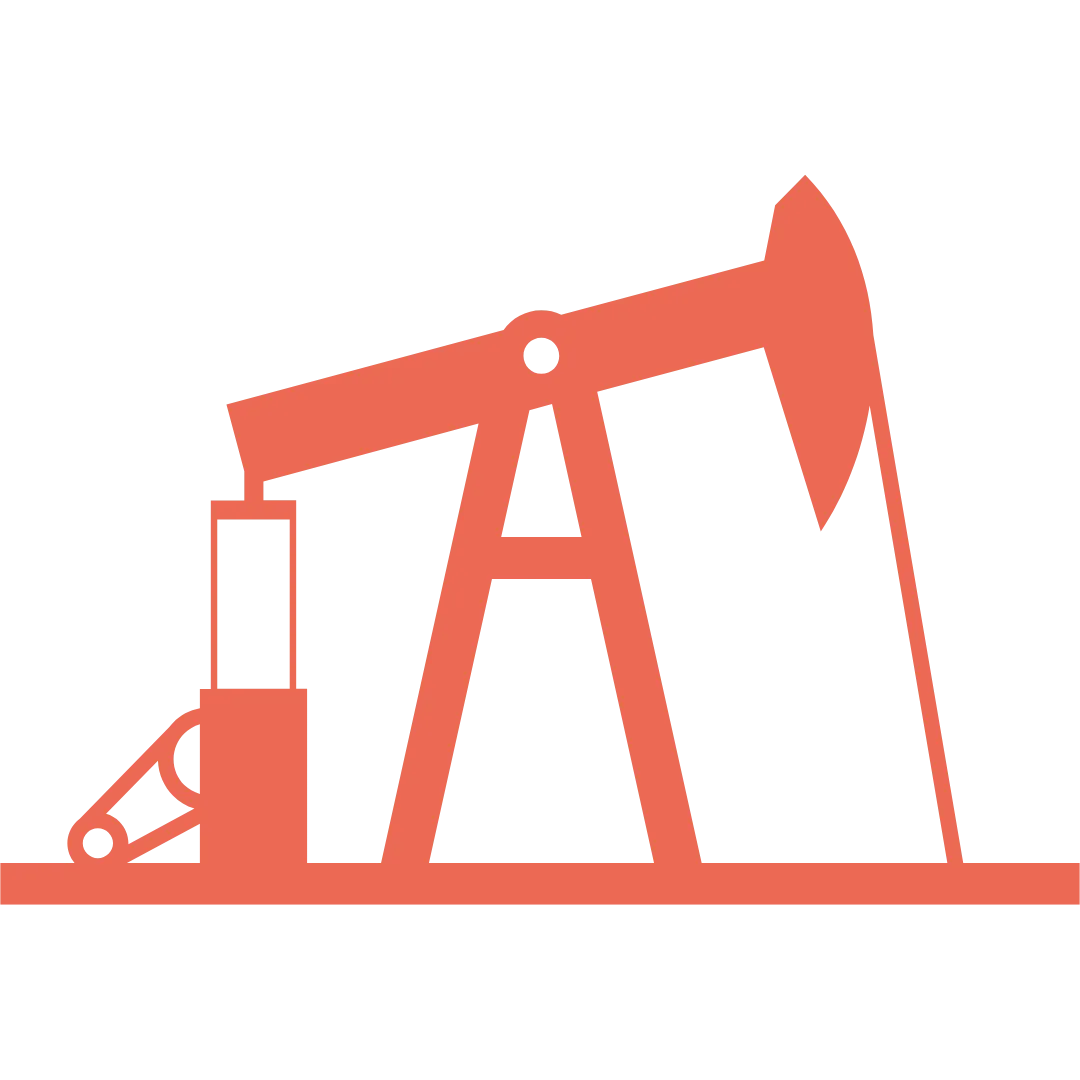




























.png)




.webp)

















